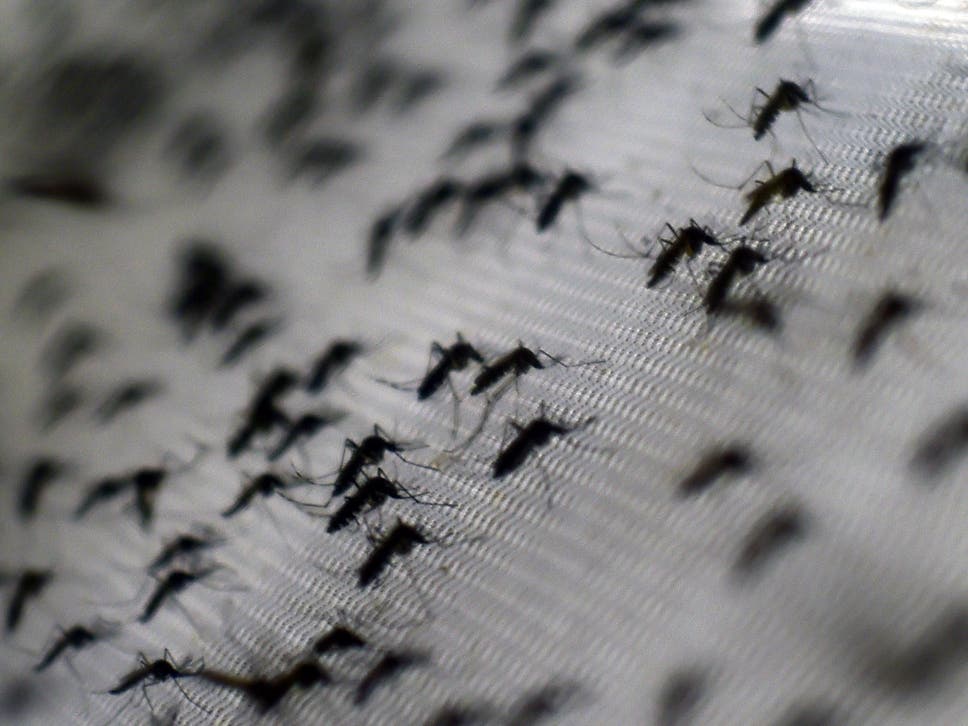
Scientists have successfully wiped out a population of mosquitoes in a laboratory using a type of genetic engineering.
The researchers managed to eliminate the population within 11 generations, suggesting in a paper published in the journal Nature Biology that the technique could be used to control the spread of malaria.
They used a type of gene editing known as gene drive, which spread a modification designed to block female reproduction.
“It will still be at least five to 10 years before we consider testing any mosquitoes with gene drive in the wild, but now we have some encouraging proof that we’re on the right path,” said Andrea Crisanti, a professor at Imperial College London who co-led the work.
The research marks the first time the technology has been able to completely suppress a population.
It is hoped that in the future, mosquitoes carrying a gene drive could be released to spread female infertility within local malaria-carrying mosquito populations in order to cause them to collapse.
Gene drive technologies alter DNA and drive self-sustaining genetic changes through multiple generations.
They do so by overriding normal biological processes.
However, they are also considered controversial since such genetically-engineered organisms could have an unknown and irreversible impact on the ecosystem once they are released into the wild.
The technique used in the study was designed to target the specific mosquito species Anopheles gambiae, which is responsible for malaria transmission in sub-Saharan Africa.
The World Health Organisation has warned that global progress against malaria is stalling and could be reversed if momentum in the fight to wipe it out was lost.
The disease infected around 216 million people worldwide in 2016 and killed 445,000 of them. The vast majority of malaria deaths are in babies and young children in sub-Saharan Africa.
Mr Crisanti’s team designed their gene drive to selectively alter a region of a so-called “doublesex gene” in the mosquitoes, which is responsible for female development.
Males who carried this modified gene showed no changes, and neither did females with only one copy of it, he explained.
But females with two copies of the modified gene showed both male and female characteristics – they failed to bite and did not lay eggs.
The experiments found the gene drive transmitted the genetic modification nearly 100 per cent of the time, and after between seven and 11 generations the populations collapsed due to lack of offspring.
Mr Crisanti said the results showed that gene drive solutions can work, offering “hope in the fight against a disease that has plagued mankind for centuries”.
He added, however, that “there is still more work to be done, both in terms of testing the technology in larger lab-based studies and working with affected countries to assess the feasibility of such an intervention”.
But Mariann Bassey, a campaigner with the environmental group Friends of the Earth Africa, said the technique was risky.
“To solve the malaria crisis, we should focus on the least risky and most effective solutions, not experiment with ecosystems with little regard for the potentially new environmental and health consequences,” she said in a statement.
Additional reporting by agencies







